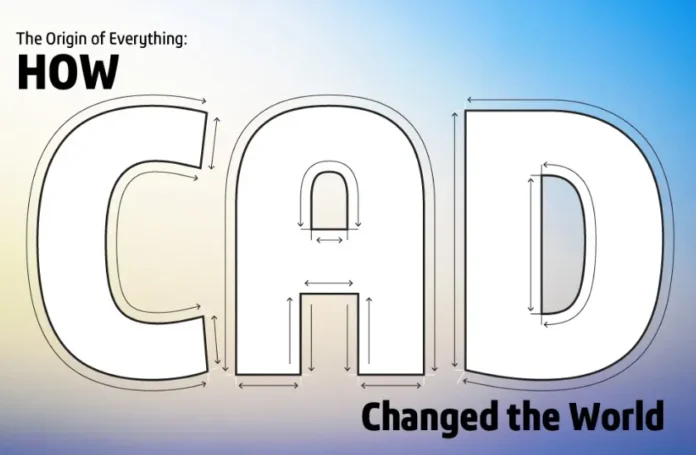CAD technology has changed significantly since the early days of blueprinting. What was once dominated by drafting tables, pens, stencils and rulers is now consolidated into one software, able to be accessed on almost any device from anywhere in the world. The evolution of CAD occurred over decades, digitizing in the 80s and becoming more accessible to the public through the early 2000s.
The main two problems with early CAD models were the cost and the accessibility. The cost to purchase an early monitor with CAD software was over $100,000 and was confined to a computer lab in certain locations. Even just a seat at one of these stations cost thousands of dollars. Because they were immobile and expensive, professionals who needed the software could not use it.
These issues drove innovation through the 21st century, allowing today’s CAD models to be created. Now, we can use CAD to make almost anything, from commercial machines to personal drawings; people of all professions and walks of life can create on CAD platforms. Even children can use the software, with new forms of the software being released to appeal to wider audiences. Enthusiast groups can be found worldwide, often spearheading conferences or speaking engagements to fuel the global community of CAD lovers.
The evolution of CAD is far from over, as AI integration is tabbed to be the next step in its growth. With the help of artificial intelligence, CAD users will have access to a virtual companion throughout the design process. The creation of new parts or ideas will be streamlined to match the efficiency of many other processes in modern innovation. This will not only help to advance AI and CAD software, respectively, but will also advance many industries due to new capabilities being unlocked through their tandem use.

Source: SolidWorks

